Home>Articles>How Long To Cook Chicken Thighs In Electric Skillet
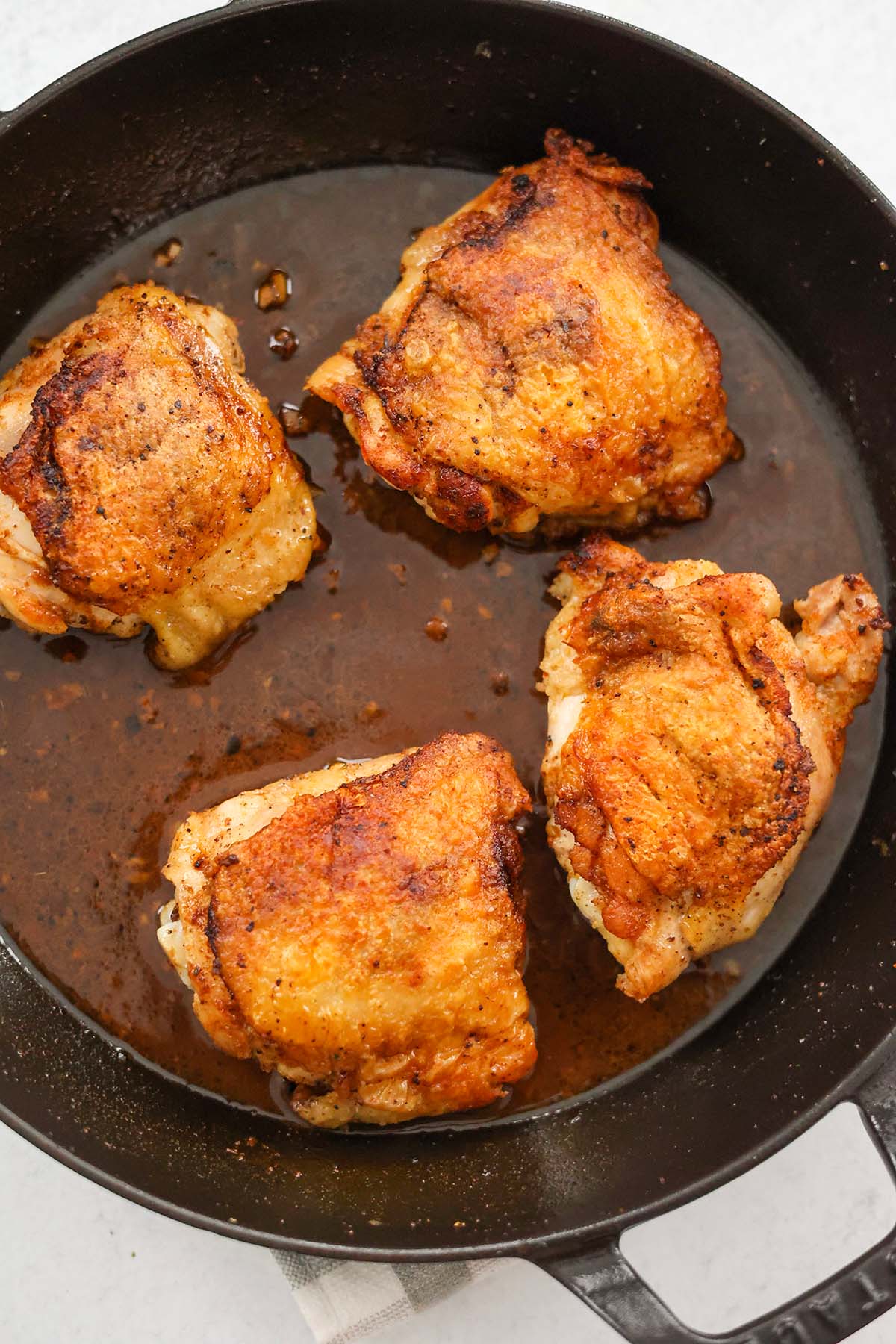

Articles
How Long To Cook Chicken Thighs In Electric Skillet
Modified: December 6, 2023
Discover the best techniques for cooking chicken thighs in an electric skillet in our comprehensive articles.
(Many of the links in this article redirect to a specific reviewed product. Your purchase of these products through affiliate links helps to generate commission for Storables.com, at no extra cost. Learn more)
Introduction
Cooking chicken thighs in an electric skillet is a convenient and versatile way to enjoy this flavorful and succulent cut of meat. Whether you’re a cooking novice or a seasoned chef, using an electric skillet can simplify the cooking process and deliver delicious results.
In this article, we will explore the various benefits of cooking chicken thighs in an electric skillet, discuss factors that can affect cooking time, provide a step-by-step guide to cooking chicken thighs in an electric skillet, offer tips for testing the doneness of the meat, and suggest additional variations to try.
So, grab your apron, plug in your electric skillet, and let’s get started on a culinary adventure!
Key Takeaways:
- Cooking chicken thighs in an electric skillet offers benefits such as even heat distribution, time efficiency, and healthier cooking options. It’s a convenient and versatile method that delivers delicious results with minimal effort.
- When cooking chicken thighs in an electric skillet, factors like thigh size, starting temperature, and skin-on vs. skinless affect cooking time. Visual cues, internal temperature checks, and creative variations ensure perfectly cooked, flavorful results.
Benefits of Cooking Chicken Thighs in an Electric Skillet
Using an electric skillet to cook chicken thighs offers several advantages that make it a popular choice among home cooks. Here are some of the key benefits:
- Even Heat Distribution: Electric skillets are designed to provide consistent heat distribution across the surface, ensuring that your chicken thighs cook evenly. This helps to prevent undercooked or overcooked spots and guarantees a juicy and tender result.
- Convenience: Electric skillets are incredibly convenient to use. They heat up quickly and maintain a steady temperature throughout the cooking process, eliminating the need for constant monitoring or adjustments. Additionally, most electric skillets come with a non-stick coating, making them easy to clean.
- Versatility: Electric skillets offer versatility in terms of cooking methods. You can use them to fry, sauté, braise, or even bake chicken thighs. This allows you to experiment with different flavors and textures and create a wide range of delicious dishes.
- Time Efficiency: Cooking chicken thighs in an electric skillet can be a time-efficient option. With its even heating and consistent temperature, the skillet allows you to achieve the desired level of doneness more quickly than other cooking methods.
- Healthier Cooking Option: Electric skillets often require less oil or fat compared to traditional stovetop cooking methods. This means you can still achieve a crispy and flavorful chicken thigh without excessive grease, making it a healthier option.
With these benefits in mind, it’s easy to see why electric skillets are a popular choice for cooking chicken thighs. They offer convenience, versatility, and consistent results, making your culinary journey a breeze.
Factors Affecting Cooking Time
When cooking chicken thighs in an electric skillet, it’s important to consider several factors that can influence the cooking time. These factors include:
- Thigh Size: The size of the chicken thighs will impact the cooking time. Larger thighs will take longer to cook through compared to smaller ones. If you have a mix of different-sized thighs, you may need to adjust the cooking time accordingly.
- Starting Temperature: The temperature at which you start cooking the chicken thighs will affect the overall cooking time. If the thighs are refrigerated, it will take longer to cook compared to thighs that are at room temperature.
- Skillet Temperature: The temperature setting on your electric skillet will determine how quickly the chicken thighs cook. Higher temperatures will cook the thighs faster, while lower temperatures will require more time.
- Bone-In vs. Boneless: Bone-in chicken thighs will generally take longer to cook than boneless ones. The bone acts as an insulator and slows down the cooking process. If you’re cooking bone-in thighs, make sure to adjust the cooking time accordingly.
- Skin-on vs. Skinless: Chicken thighs with the skin on may take longer to cook than skinless thighs. The skin acts as a barrier, slowing down the heat transfer to the meat. If you prefer crispy skin, you may need to extend the cooking time slightly.
It’s important to consider these factors when determining the cooking time of chicken thighs in your electric skillet. While recipes may offer general guidelines, it’s always best to rely on visual cues and checking the internal temperature of the meat to ensure it is cooked thoroughly.
Step-by-Step Guide to Cooking Chicken Thighs in an Electric Skillet
Now that you understand the benefits of using an electric skillet and the factors that can affect cooking time, let’s dive into a step-by-step guide on how to cook chicken thighs in an electric skillet:
- Preparation: Start by preparing the chicken thighs. If desired, you can marinate them in your favorite marinade for added flavor. Pat the thighs dry with a paper towel to ensure even browning.
- Preheat the Skillet: Plug in your electric skillet and set the temperature to medium-high. Allow the skillet to preheat for a few minutes until it reaches the desired temperature.
- Add Oil: Once the skillet is preheated, add a small amount of cooking oil to prevent sticking. You can use options like vegetable oil, olive oil, or canola oil based on your preference.
- Place the Thighs: Carefully place the chicken thighs in the skillet, skin side down if they have the skin on. Make sure not to overcrowd the skillet to ensure proper heat circulation.
- Cook on One Side: Allow the chicken thighs to cook undisturbed for about 5-7 minutes, or until the underside is golden brown and crispy. If needed, you can adjust the skillet’s temperature to prevent burning.
- Flip and Cook: Using tongs or a spatula, carefully flip the chicken thighs to the other side. Continue cooking for another 5-7 minutes or until the meat is cooked through and reaches an internal temperature of 165°F (74°C).
- Check for Doneness: To ensure the chicken thighs are fully cooked, use a meat thermometer to check the internal temperature. Insert the thermometer into the thickest part of the meat, avoiding the bone, and ensure it reaches the recommended safe temperature.
- Rest and Serve: Once the chicken thighs are cooked to perfection, remove them from the skillet and let them rest for a few minutes. This will allow the juices to redistribute and result in tender and juicy meat. Serve hot and enjoy!
By following these simple steps, you can achieve deliciously cooked chicken thighs using your electric skillet. Feel free to experiment with different seasonings, herbs, and spices to create a flavor profile that suits your taste buds.
Cook chicken thighs in an electric skillet for 6-8 minutes per side over medium heat, or until they reach an internal temperature of 165°F. Use a meat thermometer to ensure they are fully cooked.
Testing the Doneness of Chicken Thighs
When cooking chicken thighs in an electric skillet, it’s essential to ensure they are cooked to the proper level of doneness. Undercooked chicken can pose health risks, while overcooked chicken may result in dry and tough meat. Here are a few methods to test the doneness of your chicken thighs:
- Visual Inspection: One of the simplest ways to check the doneness of chicken thighs is through visual cues. The meat should have a golden brown color on the outside, and the juices should run clear when you pierce the thickest part of the meat with a fork or knife.
- Internal Temperature: Using a meat thermometer is the most accurate way to determine if your chicken thighs are cooked. Insert the thermometer into the thickest part of the thigh, away from the bone. The chicken is safe to eat when the internal temperature reaches 165°F (74°C).
- Probe Test: If you don’t have a meat thermometer, you can perform a probe test to check the doneness. Gently press the center of the thigh with your finger or a fork. If the meat feels firm and springs back, it is likely cooked. If it feels soft and yields to pressure, it may still require more cooking time.
- Cutting the Thigh: Another method is to cut into the thickest part of the thigh and check the color and texture of the meat. If the juices run clear, and the meat is white throughout with no pinkness, it is likely cooked. However, keep in mind that cutting into the meat will cause some of the juices to escape, potentially leading to drier chicken.
Remember, chicken thighs should always reach an internal temperature of 165°F (74°C) for safe consumption. To ensure accuracy, it’s best to use a meat thermometer. This way, you can confidently cook your chicken thighs to perfection, with moist and flavorful meat every time.
Read more: How To Broil Chicken In An Electric Skillet
Additional Tips and Variations for Cooking Chicken Thighs in an Electric Skillet
Now that you have the basics down, let’s explore some additional tips and variations to elevate your chicken thigh cooking game using an electric skillet:
- Seasoning: Experiment with different spice blends and marinades to infuse your chicken thighs with incredible flavors. You can try a classic combination of salt, pepper, and garlic powder, or get creative with herbs like rosemary, thyme, or paprika.
- Add Vegetables: Enhance your meal by adding vegetables to the skillet along with the chicken thighs. Sliced bell peppers, onions, or mushrooms can complement the flavors and provide a complete one-pan meal.
- Braising: Instead of simply frying the chicken thighs, you can braise them in a flavorful liquid. Add broth, wine, or a sauce of your choice to the skillet once the chicken is seared. Simmer the thighs in the liquid, covered, until they are cooked through and tender.
- Glazing: For a flavorful and slightly sweet twist, glaze your chicken thighs while they cook. Create a glaze using ingredients like honey, soy sauce, garlic, and ginger, and brush it onto the thighs during the last few minutes of cooking for a caramelized finish.
- Barbecued Style: Achieve the smoky and charred flavors of barbecue by seasoning your chicken thighs with a dry rub or marinade and grill them in the electric skillet. Finish them off with your favorite barbecue sauce for a delicious twist.
- Butter-Basted: For extra richness and flavor, try butter-basting your chicken thighs. Once the thighs are seared on both sides, reduce the heat and add a few tablespoons of butter to the skillet. Continuously spoon the melted butter over the thighs as they cook to infuse them with buttery goodness.
- Crispy Skin: If you desire extra crispy skin on your chicken thighs, you can start by searing them skin-side down for a longer period of time before flipping. This allows the skin to crisp up and render out some of the fat while ensuring the meat cooks through.
- Customize the Spices: Don’t be afraid to experiment with different spices to create your own signature flavor profile. From Cajun seasoning to jerk spices or even a hint of curry powder, explore different combinations to satisfy your taste buds.
Remember to adjust cooking times accordingly when implementing variations. Visual cues and temperature checks remain crucial to ensure your chicken thighs are cooked to perfection.
Now that you have an array of tips and variations at your disposal, unleash your creativity in the kitchen and delight your taste buds with deliciously cooked chicken thighs!
Conclusion
Cooking chicken thighs in an electric skillet is a convenient and enjoyable way to prepare this versatile and flavorful cut of meat. The benefits of using an electric skillet, such as even heat distribution, convenience, and versatility, make it a popular choice for home cooks.
By considering factors that can affect cooking time and following a step-by-step guide, you can easily cook chicken thighs to perfection in your electric skillet. Remember to test for doneness using visual cues, internal temperature, and texture to ensure the meat is cooked thoroughly and safe to eat.
With additional tips and variations, you can elevate your chicken thigh cooking and customize flavors to suit your preferences. From different seasoning blends and marinades to experimenting with glazing, braising, or butter-basting techniques, there are endless possibilities to explore.
So, fire up your electric skillet, get creative with your spices and ingredients, and enjoy the succulent and delicious results of cooked chicken thighs. Whether you’re cooking for a cozy family dinner or entertaining guests, you’ll impress everyone with your culinary skills.
With the convenience, versatility, and delicious outcomes of cooking chicken thighs in an electric skillet, it’s no wonder why it’s a preferred cooking method for many. So, go ahead and embrace the ease and flavors that this cooking technique brings, and let your taste buds be delighted with every bite of perfectly cooked chicken thighs!
Frequently Asked Questions about How Long To Cook Chicken Thighs In Electric Skillet
Was this page helpful?
At Storables.com, we guarantee accurate and reliable information. Our content, validated by Expert Board Contributors, is crafted following stringent Editorial Policies. We're committed to providing you with well-researched, expert-backed insights for all your informational needs.

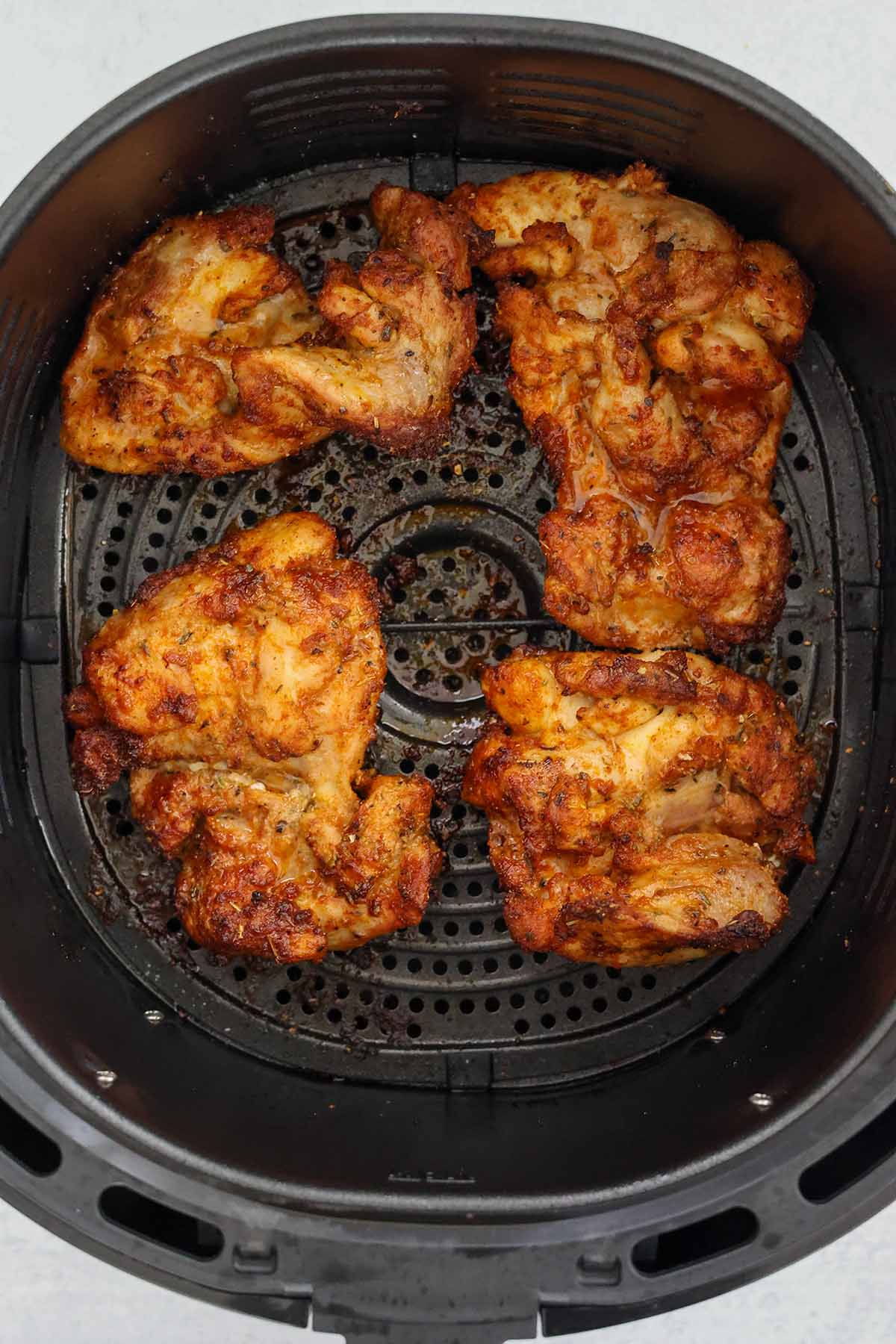
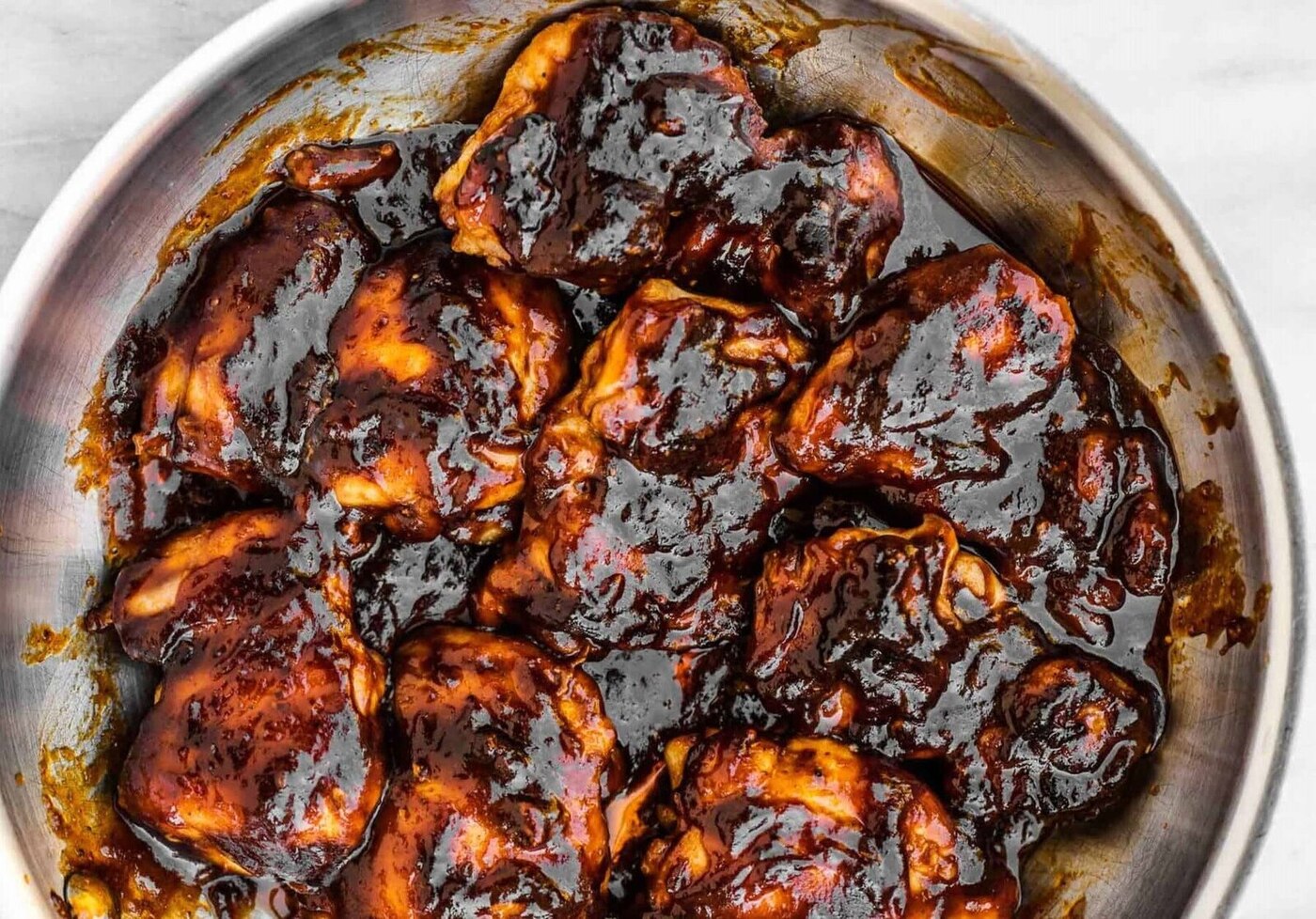
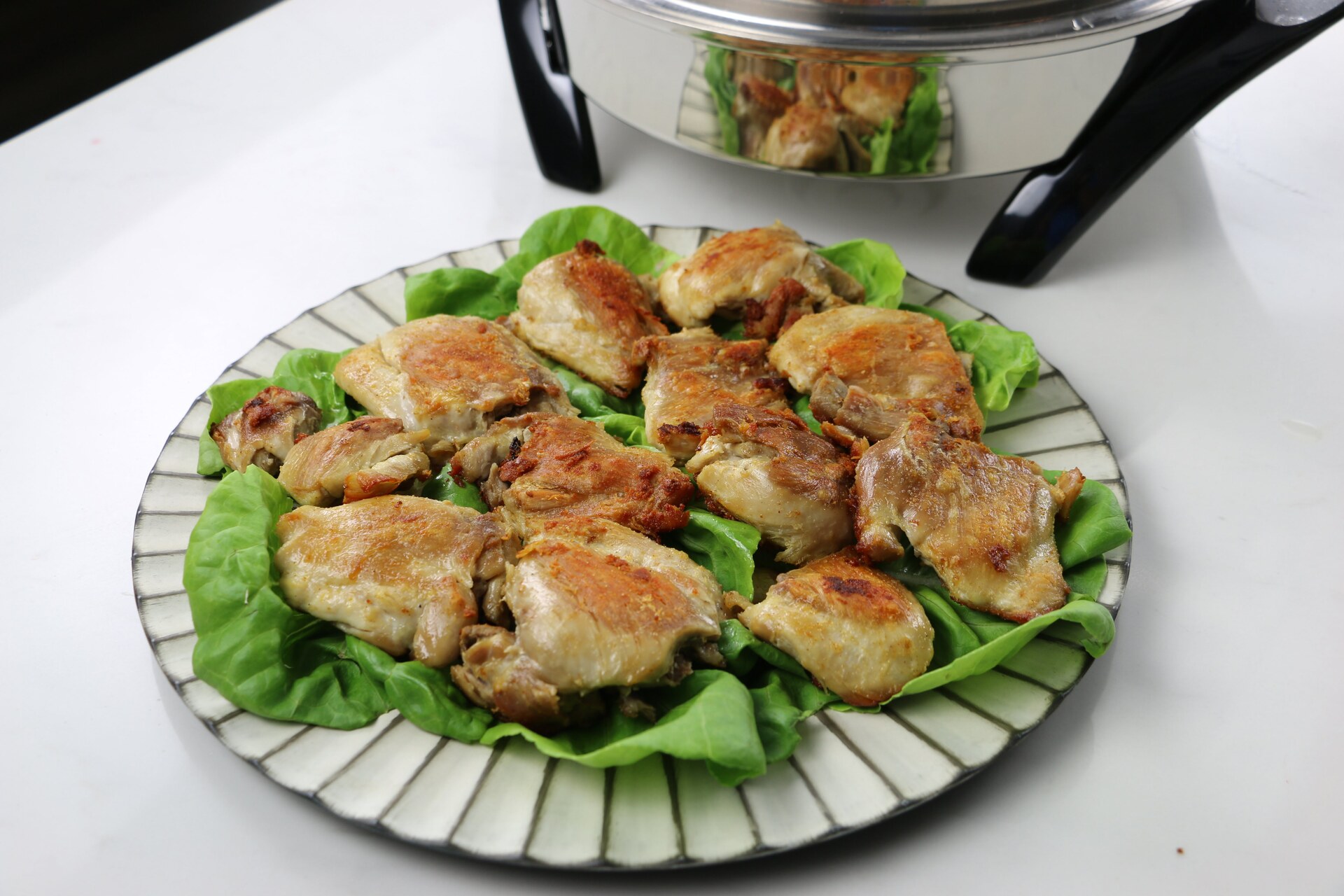
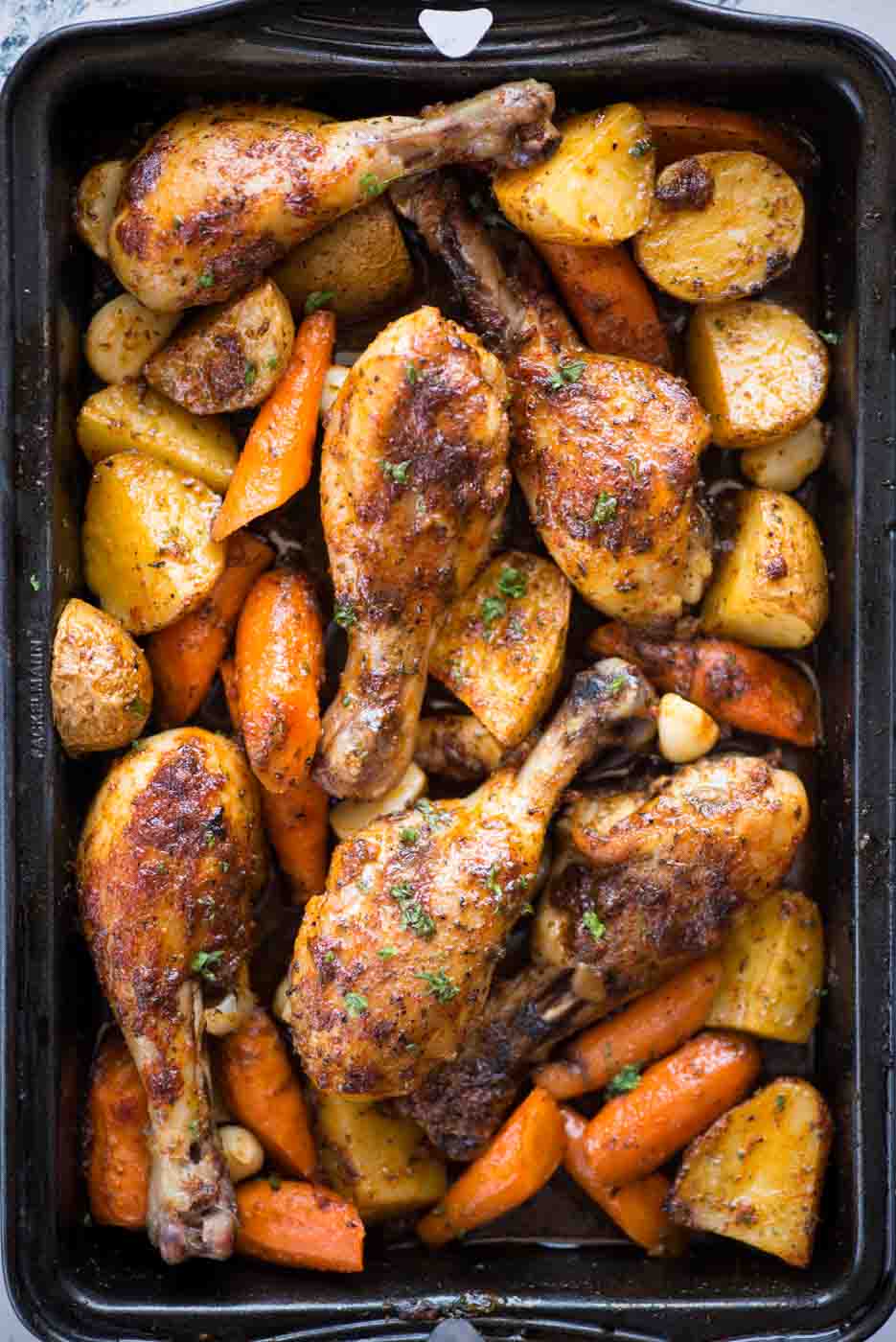
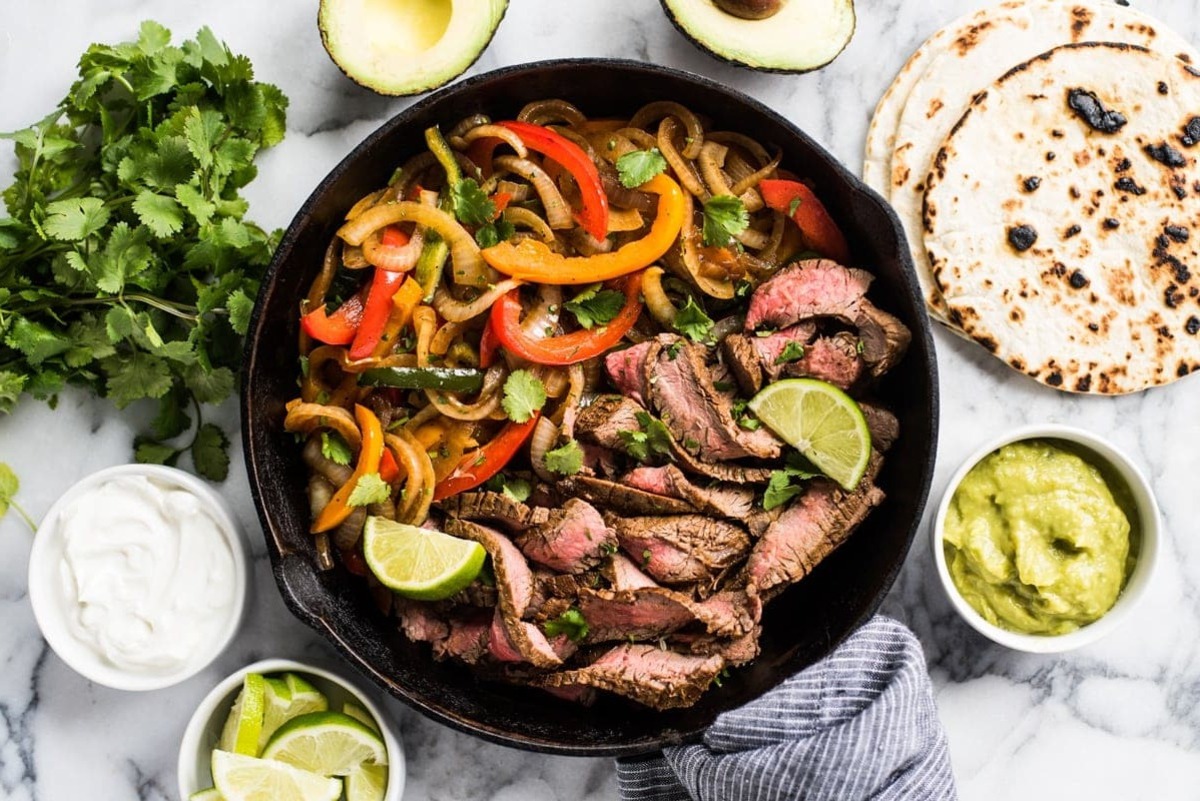

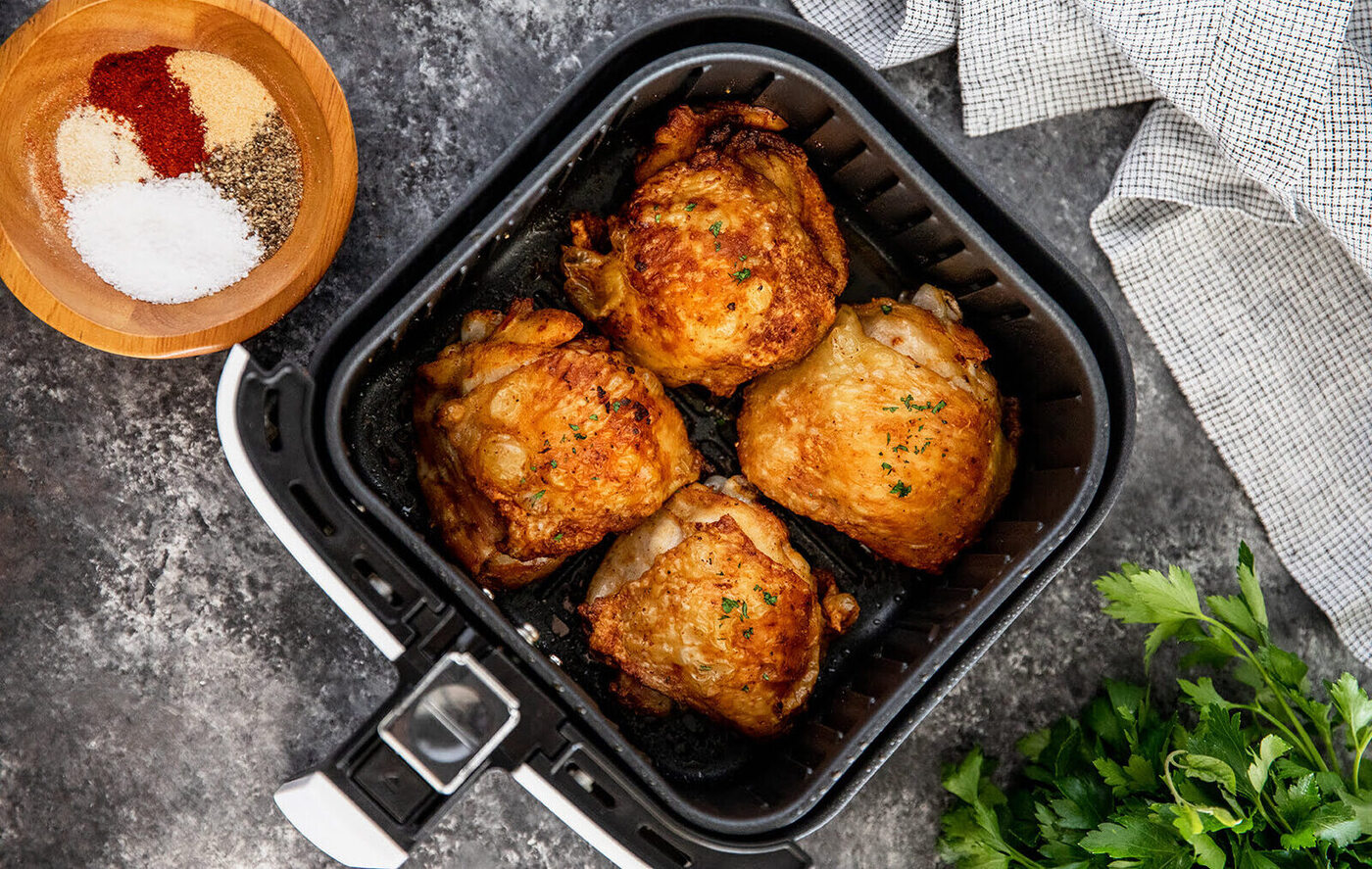
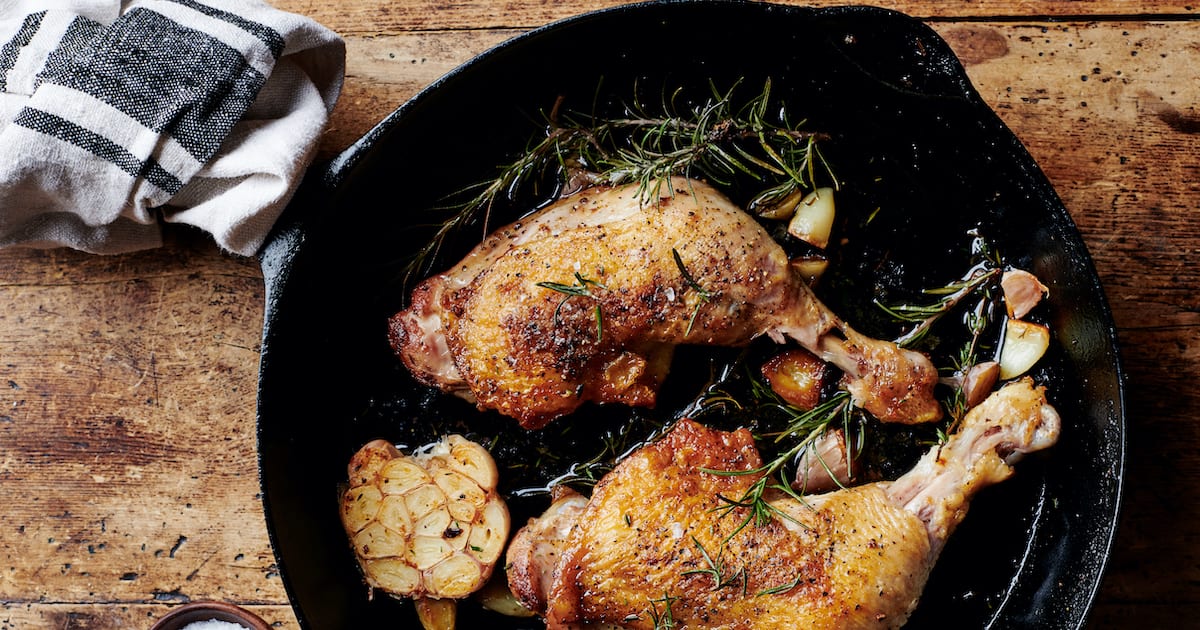
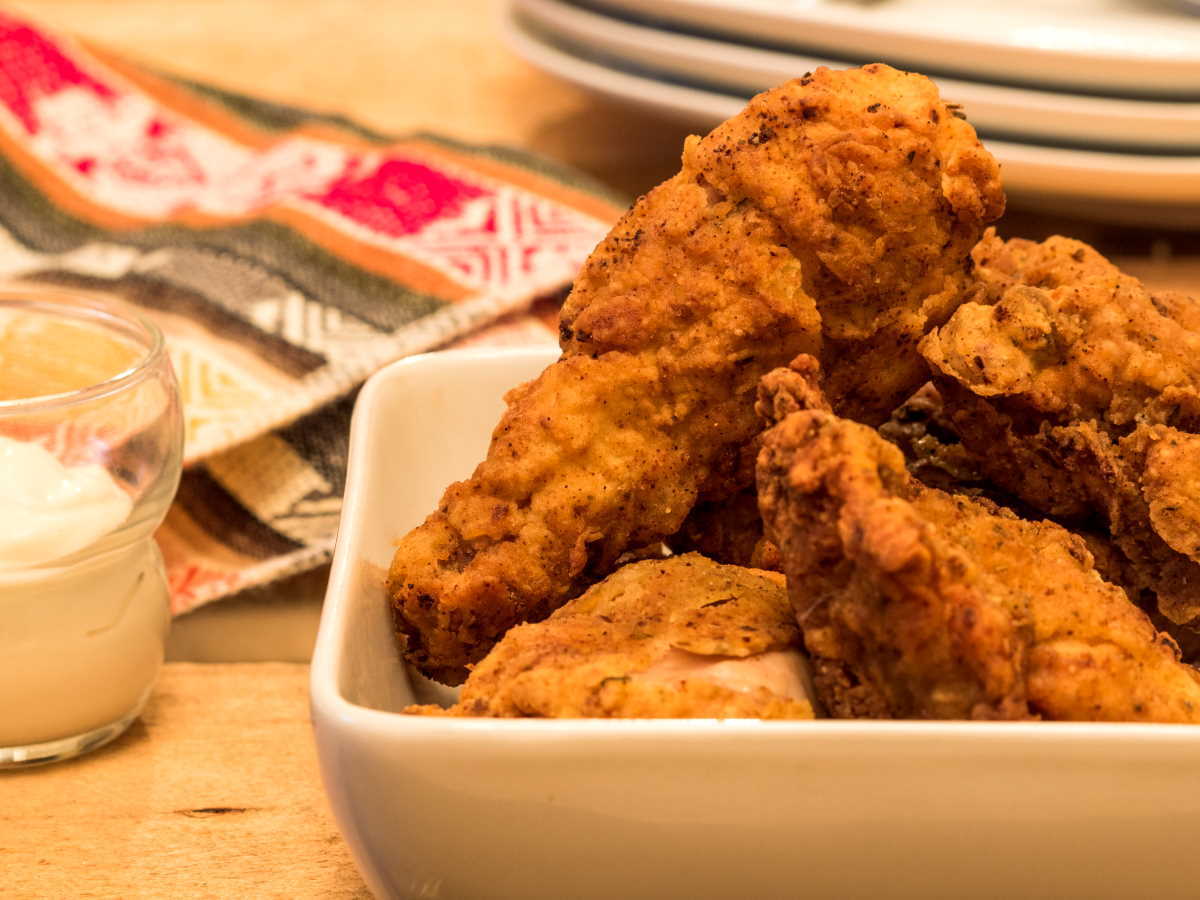
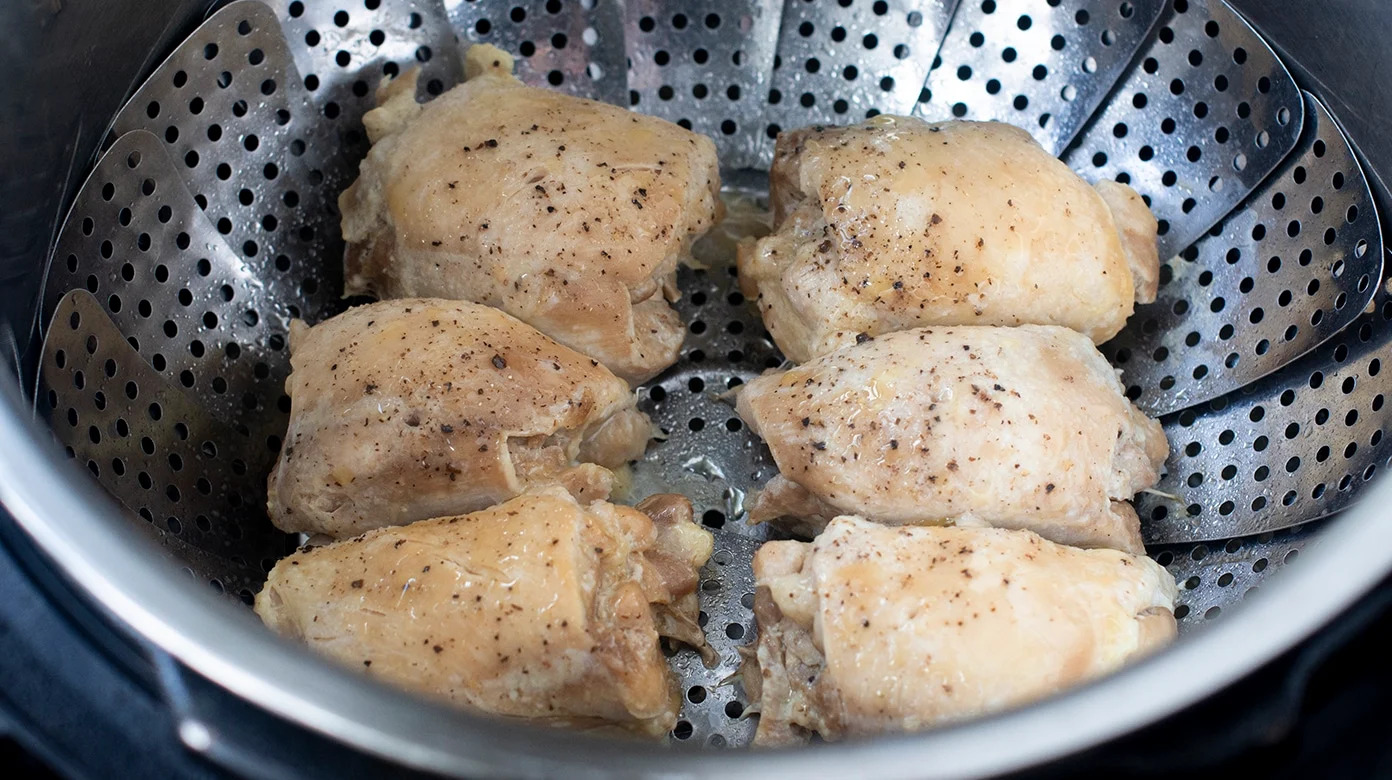
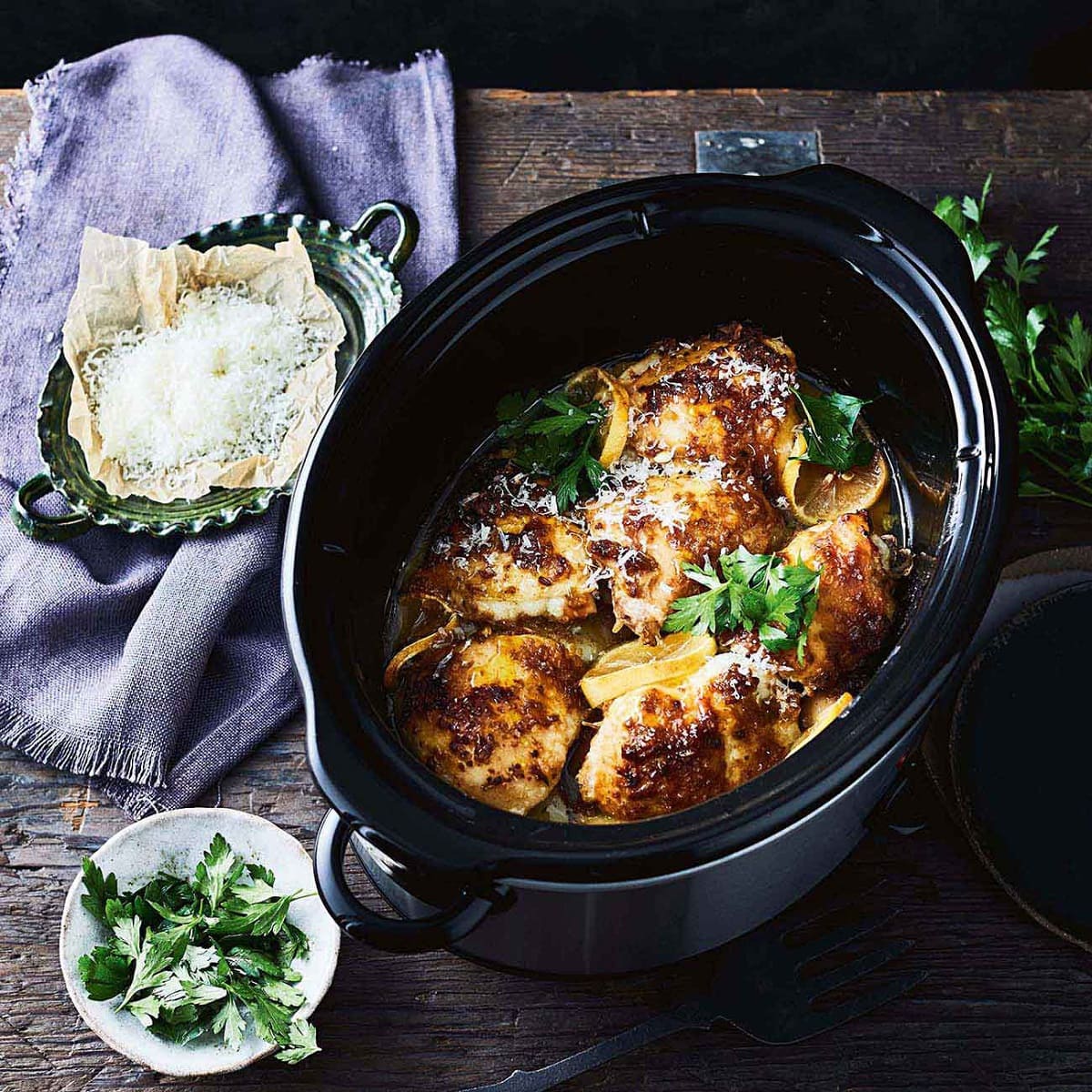
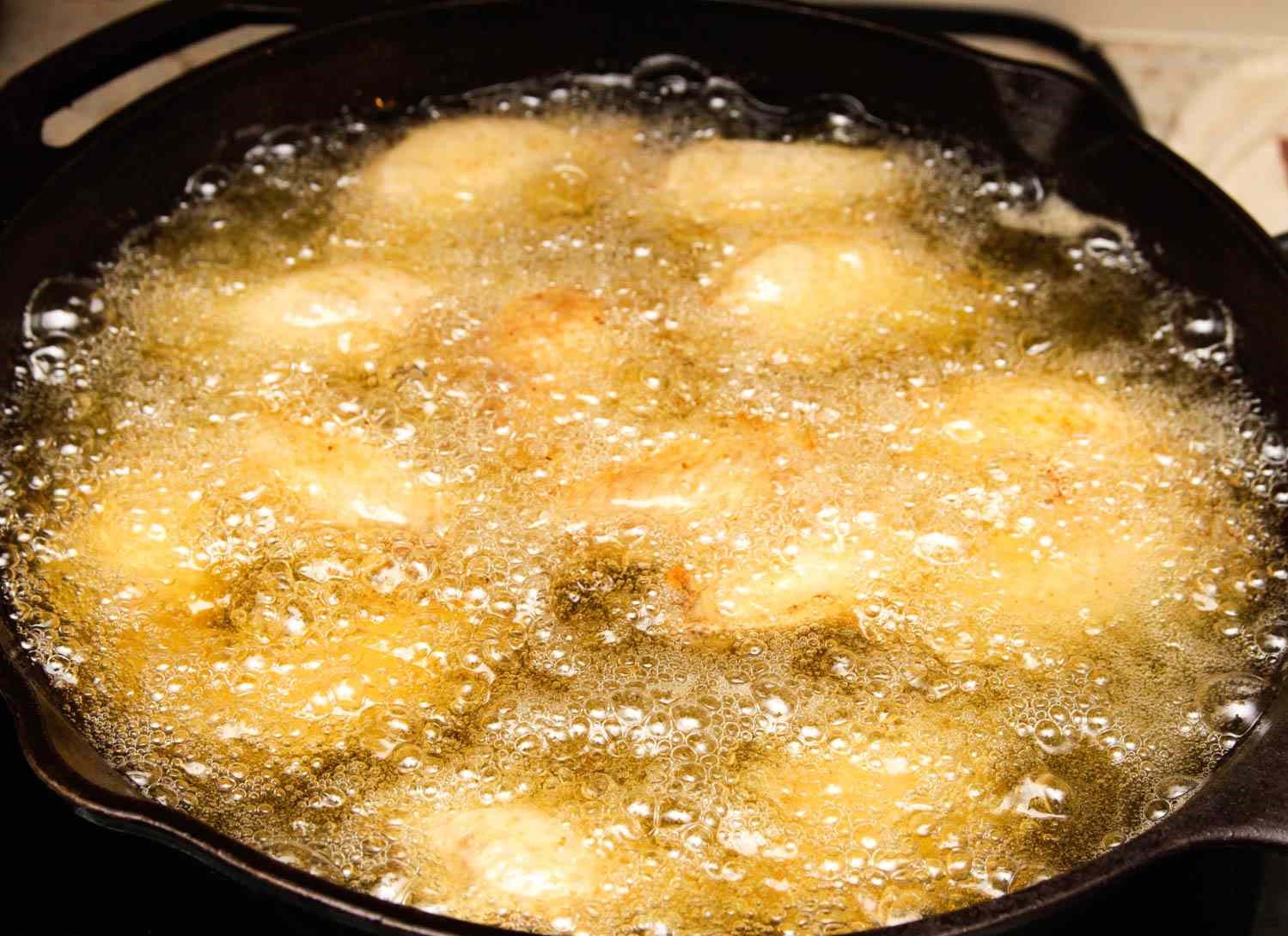
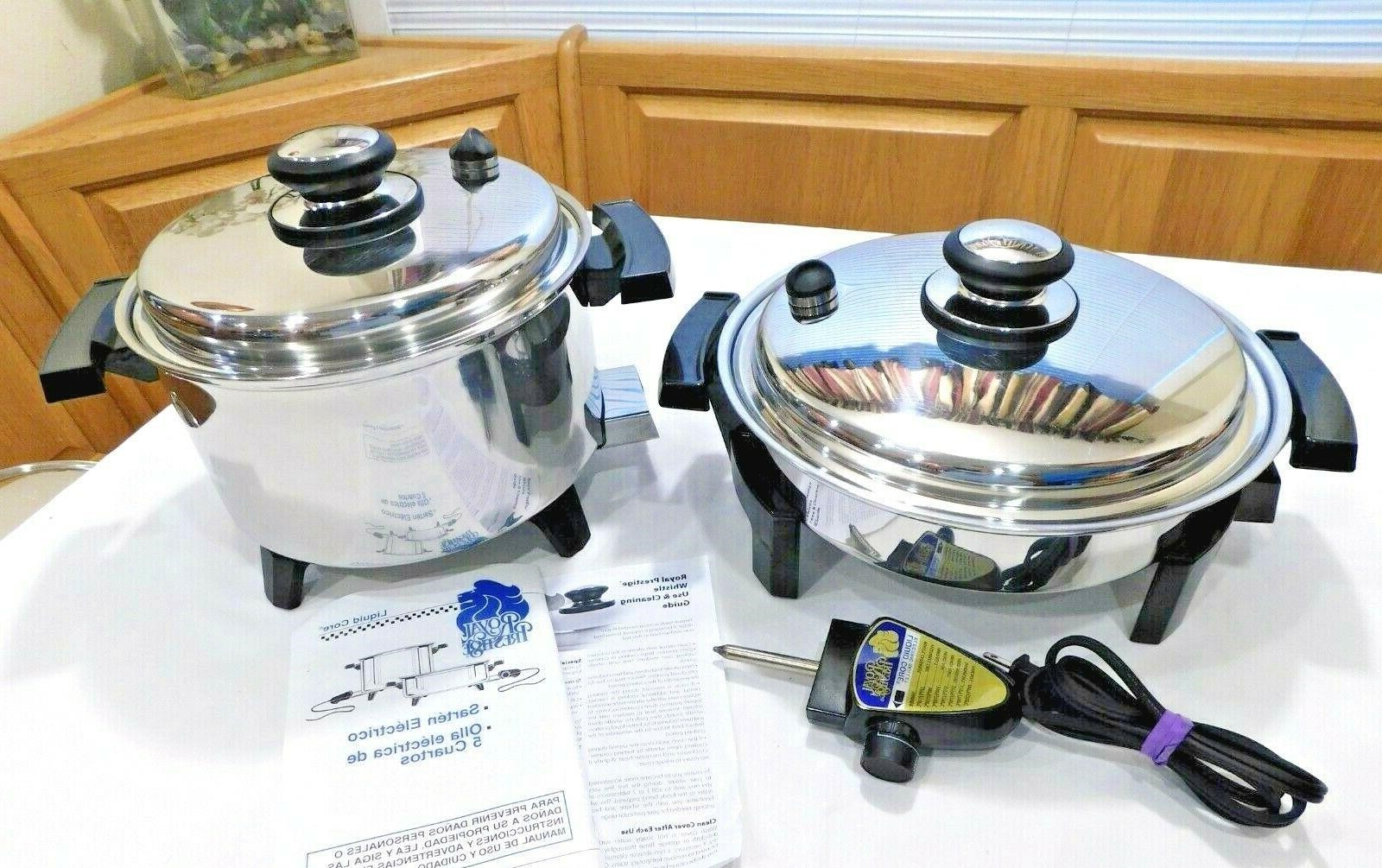

0 thoughts on “How Long To Cook Chicken Thighs In Electric Skillet”